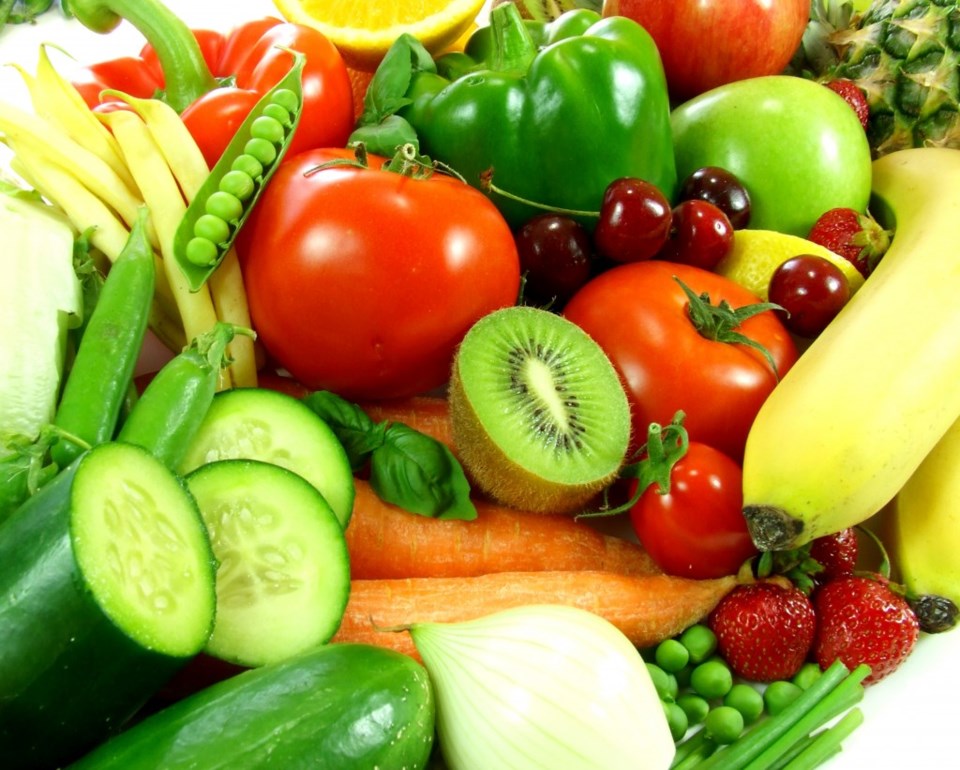One in five Vancouver Island families struggles to pay for healthy food, a new study says.
A University of Toronto study looking at food security in British Columbia found that families with children younger than 18 are particularly vulnerable.
About 20.6 per cent of Islanders with children are food insecure, compared with 11.1 per cent of all Islanders.
“It doesn’t look good,” said Valerie Tarasuk, a nutritional sciences professor.
The study defines household food security as when a household worries about or lacks the financial means to buy healthy, safe, personally acceptable food. It relies on data collected through the Canadian Community Health Survey in 2011 and 2012.
Many of the vulnerable are working poor, people who have jobs but can’t make ends meet because of the high cost of rent and food, Tarasuk said.
British Columbians on social assistance or dependent on employment insurance, disability benefits or workers’ compensation were also among the vulnerable.
“The vulnerability is about financial circumstances,” Tarasuk said. “The lower the household income, the greater the probability of insecurity.”
Tarasuk said it shows that social support is not strong enough.
For people in B.C. on social assistance, 76 per cent are food insecure. In the area served by Island Health, that rate is 82 per cent, Tarasuk said.
Northern B.C. reported the highest rates of overall food insecurity at 16.4 per cent. But the Island had the highest proportion of severe food insecurity, with almost one in 25 households or 3.8 per cent reporting disrupted eating patterns and reduced food intake.
The health consequences are far-reaching, from asthma to depression, Tarasuk said.
The rate of food insecurity in B.C. was under the national average of about 12.5 per cent of households, according to the report. Across the province, 485,500 British Columbians — 11.8 per cent B.C. households — experienced some level of food insecurity.
Kelly Newhook, executive director of the Together Against Poverty Society, said she sees the effects of a high cost of living every day.
“We have the lowest minimum wage in the country and some of the highest food costs. Therefore, people find it really difficult,” she said.
“We get calls every day from people asking where they can access meals, food banks, that kind of thing. People cry in our offices because they can’t afford to feed their children the kind of food they need.”
Basic income assistance rates in the province have not increased since 2007. They remain at $610 monthly for income assistance or $235 monthly for people who are homeless.
“Every family and person who is receiving income assistance is food insecure,” Newhook said. “Food prices have undoubtedly increased over the past decade. And income assistance and disability benefits have not.”
Other competing costs also contribute to food insecurity, she said, including changes to bus transit fares.
While the B.C. Liberals are increasing the disability benefit by $77 a month, they are also charging recipients $52 monthly for a bus pass that used to cost $45 a year.
Allan Lingwood, interim executive director of the Mustard Seed in Victoria, said the food bank has been at capacity since the recession hit in 2008.
August and September are slow months when it comes to donations. The food bank is regularly in need of more perishable, healthy foods.
“We don’t ever turn anybody away, ever. But what it means is we’re spreading the inventory thin,” Lingwood said.
The Mustard Seed is working with partners through the Food Share Network to establish a new warehouse that would increase its capacity and make more fresh produce available year-round.
“Through that collaboration, we’re looking at how we can feed more people a healthier balance of food,” he said.
The food bank serves about 5,000 individuals each month, including roughly 750 families.



